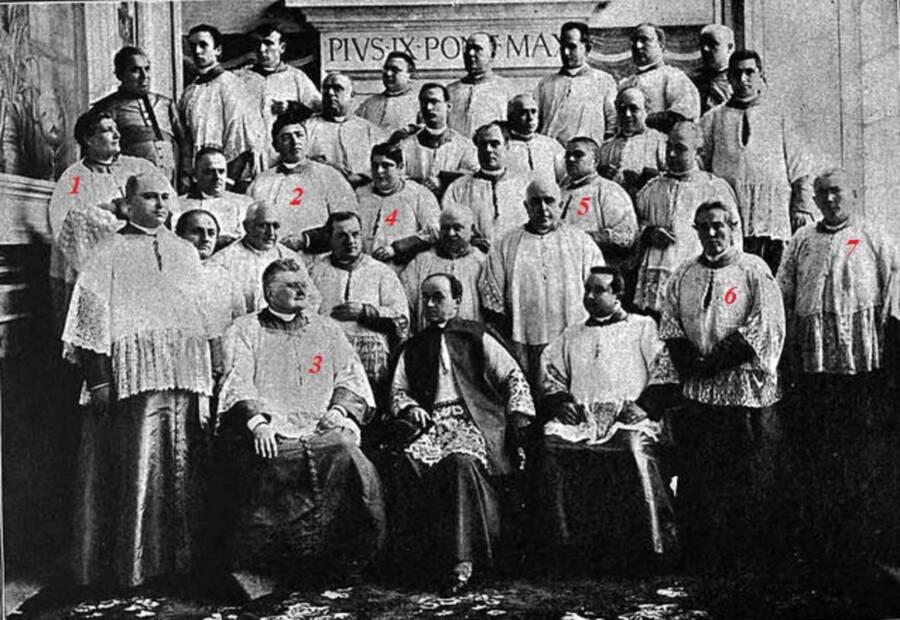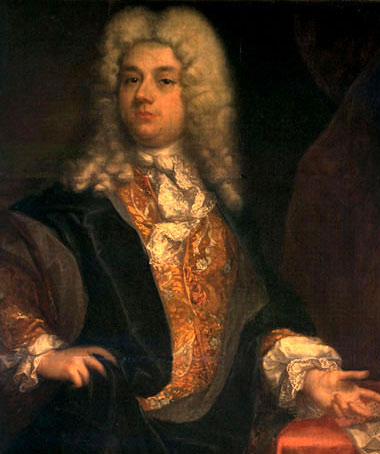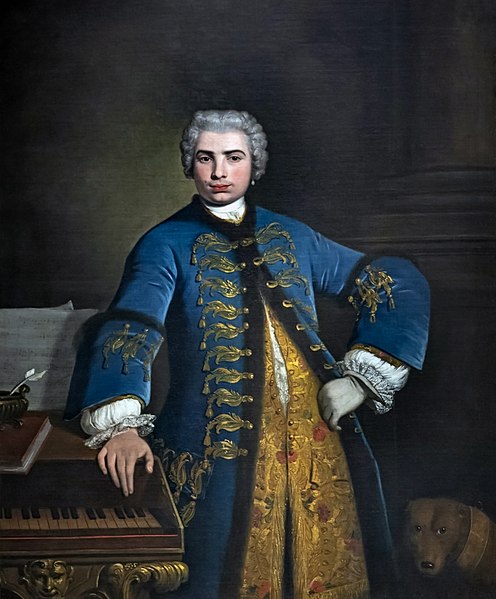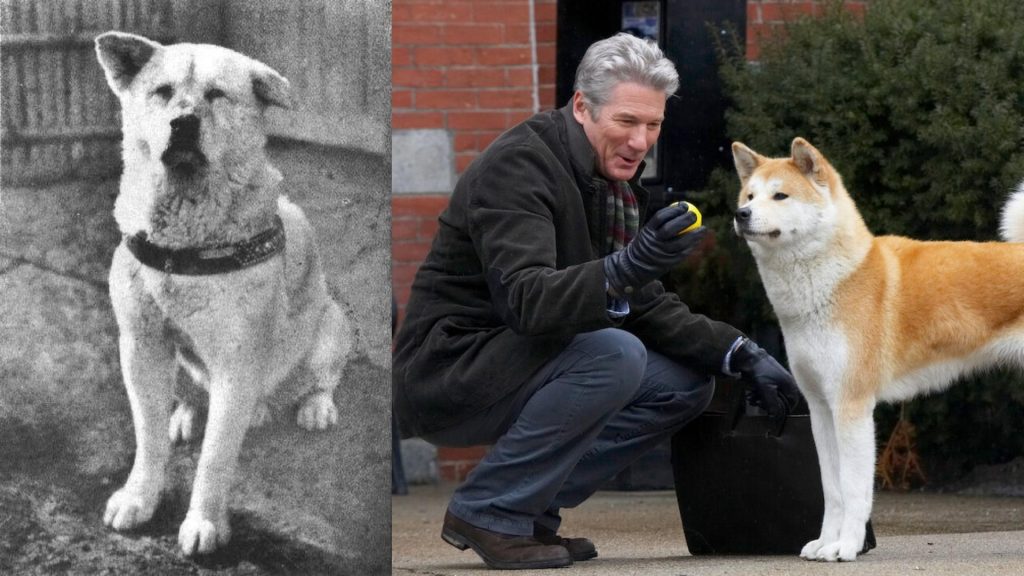Introduction
In the realm of music history, there exists a fascinating phenomenon that continues to captivate the imagination of scholars and enthusiasts alike—the castrati. These extraordinary male singers, who underwent castration before reaching puberty, possessed a vocal range and power that were unparalleled. With their unique ability to blend the purity of a child’s voice with the resonance and strength of an adult male, castrati played a significant role in shaping the development of Western classical music. In this article, we will delve into the intriguing world of castrati, exploring their origins, rise to fame, and ultimate decline.
The Origins of Castrati

The roots of castrati can be traced back to ancient civilizations, where eunuchs occupied various roles in society, including the performance of sacred and secular music. However, it was during the 16th and 17th centuries in Italy that the castrato tradition flourished. The Catholic Church played a crucial role in fostering the rise of castrati, as they sought to maintain a prohibition on women performing in religious ceremonies.
The Practice of Castration
The process of castration involved the removal of the testicles of young boys before they reached puberty. While this procedure might seem cruel and inhumane to modern sensibilities, it was viewed differently during the time when it was practiced. The boys were often from impoverished families who saw the castration as a chance for their sons to achieve fame, fortune, and escape poverty.
The Astounding Vocal Abilities
The castrati possessed exceptional vocal abilities due to the physiological changes resulting from castration. The absence of testosterone during puberty allowed their vocal cords to retain the flexibility and purity of a child’s voice, while their body continued to grow and develop. As a result, castrati could produce a wide range of notes, including high, sustained pitches that were unattainable for other male singers.
The Rise of Castrati in Opera

The emergence of opera as a popular art form during the 17th and 18th centuries provided the perfect platform for castrati to showcase their talents. With their astonishing vocal prowess, castrati became the stars of the operatic stage. They portrayed both male and female characters, captivating audiences with their ability to evoke intense emotions through their singing.
Celebrities of Their Time

Castrati attained unprecedented levels of fame and adulation during their heyday. They were hailed as celebrities and commanded substantial salaries for their performances. The most renowned castrati, such as Farinelli and Senesino, were in high demand across Europe and performed for kings, nobility, and aristocracy.
The Controversy and Criticism
Despite their popularity, castrati faced significant controversy and criticism. Moral and ethical concerns surrounding the practice of castration were prevalent, and debates arose regarding the exploitation of young boys for musical entertainment. As society’s values shifted and attitudes towards human rights evolved, the practice of castration gradually fell out of favor.
The Decline of Castrati
The decline of castrati can be attributed to various factors. As women were gradually allowed to perform on stage, the demand for castrati diminished. Additionally, changing musical tastes and the rise of instrumental music played a role in their decline. By the late 18th century, castrati had become a rarity in opera houses, marking the end of an era.
The Legacy of Castrati
While the practice of castration is rightfully viewed as an unfortunate consequence of a bygone era, the legacy of castrati endures. Their contributions to music cannot be understated. Castrati paved the way for advancements in vocal technique, expanding the possibilities of human singing. They left an indelible mark on the history of music, serving as a testament to the incredible potential of the human voice.
Conclusion
The story of castrati is a complex and multifaceted one. It encompasses both admiration for their extraordinary talents and criticism for the ethical concerns surrounding their castration. As we explore the enigmatic world of castrati, it is important to acknowledge the historical context in which they thrived and recognize the impact they had on the development of Western classical music.




Religious insanity.
I have a recording of the last castrato – weird sounds. Sadly, he was past his prime when recorded.
BTW, he, like a small number of others, was casteated for medical reasons rather than musical ones.